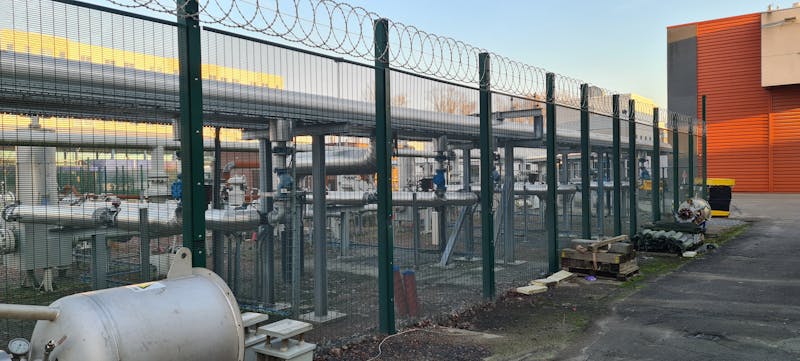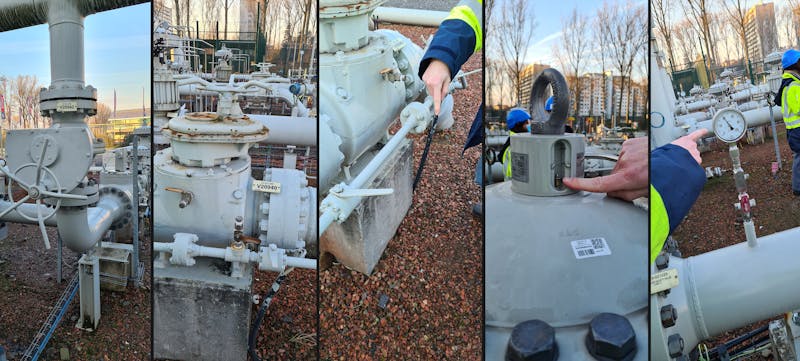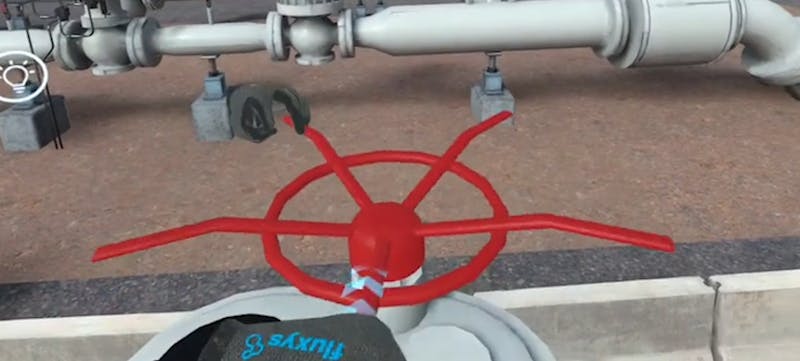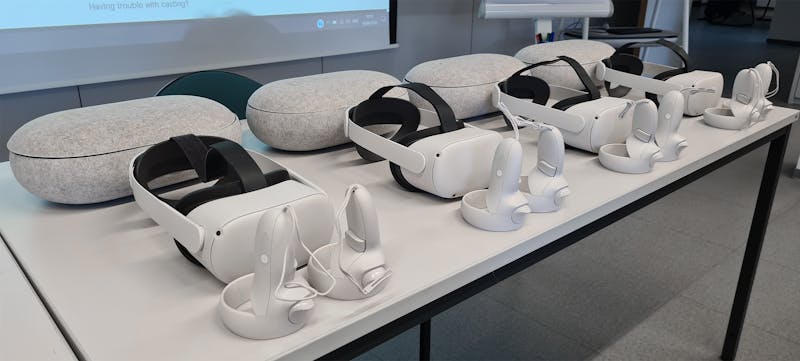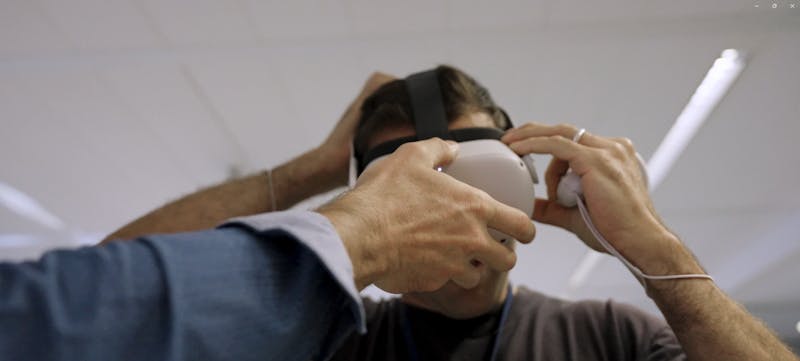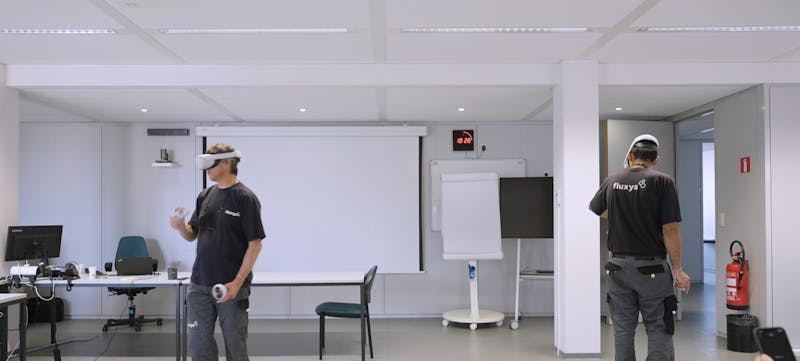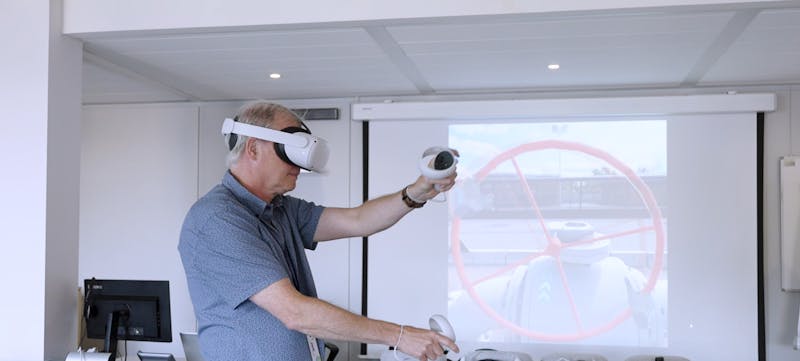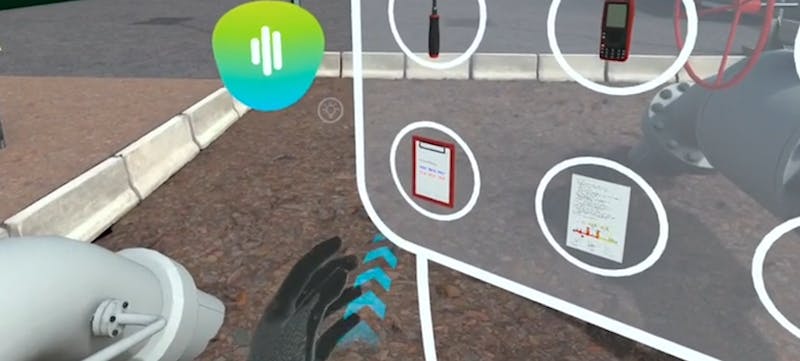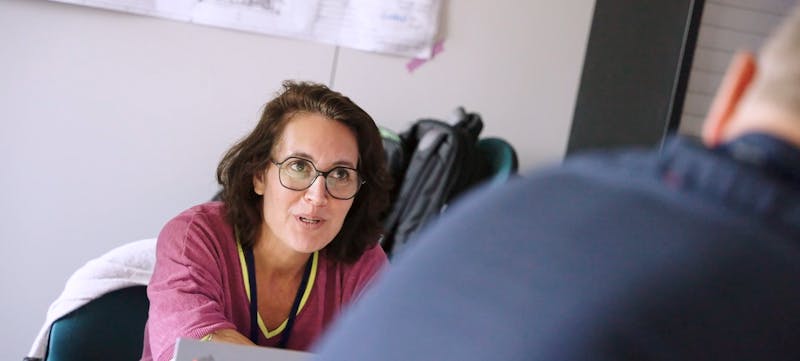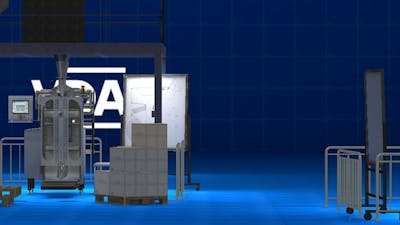Fluxys’ gas transportation network is equipped with some 70 gas pressure reducing stations. A tailored VR training allows technicians to learn hands-on how the station works and to enhance their skills in a perfectly life-like virtual environment. With this pilot project Fluxys wants to assess the overall use of Virtual Reality as a learning tool.
The first step in building any virtual environment is to go on site and get to know every little detail of the actual installation. Based on the visits at Fluxys we constructed an accurate virtual 3D representation of a gas pressure reducing station, with all the elements and logic that operators will come across in reality.
Most trainees are not used to working with Virtual Reality. After practicing in a learning space to get familiar with the VR (inter)actions, an avatar with voice-over guides them through the entire installation. Next step is to get going in the actual program: performing interactions, carrying out tasks, doing things in the correct sequence etc.
The moment users feel they master the content, they can take a test. All test data – user actions, time, sequence, results right / wrong – are being logged and saved. These are used both by the trainer to debrief the trainee and by Fluxys to evaluate and improve the training.
The immersive VR training experience is rolled out throughout the country, both in Dutch and French. Fluxys captures the findings by project team and trainees, and these reveal that VR is the ideal tool for this kind of trainings, that users pick up the digital interactions quickly, and that after completing this training successfully, the technicians are perfectly prepared for operating the real-life installation.
